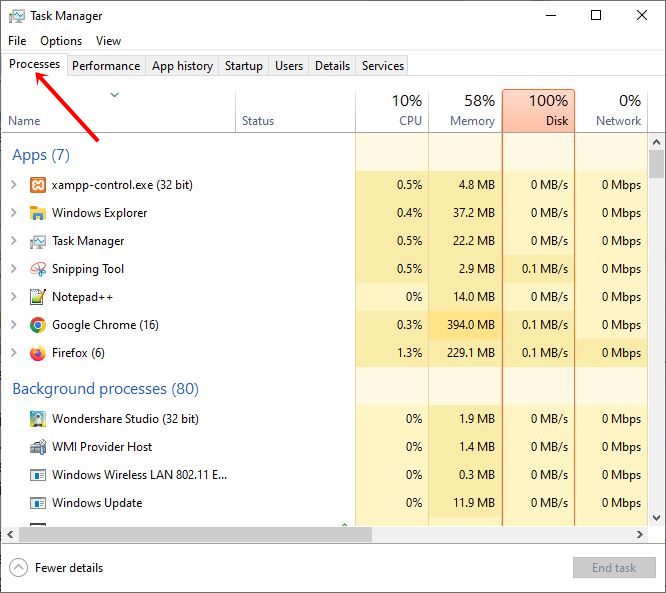- Operating Systems Course
- Operating System Tutorial
- History of the Operating System
- Personal Computer OS
- OS Processes
- OS Process Model
- OS Process Creation
- OS Deadlocks
- OS Deadlock Recovery
- OS Two-Phase Locking
- OS Memory Management
- OS Monoprogramming
- OS Shared Pages
- Operating System Input/Output
- OS Input/Output Devices
- OS Input/Output Software Layers
- OS Disk Hardware
- OS Files
- OS File Naming
- OS File Types
- OS Hierarchical Directory System
- OS Directory Operations
- OS File Operations
- Multimedia Operating System
- OS Multiprocessors
- Operating System Security
- OS User Authentication
- Computer Programming
- Learn Python
- Python Keywords
- Python Built-in Functions
- Python Examples
- Learn C++
- C++ Examples
- Learn C
- C Examples
- Learn Java
- Java Examples
- Learn Objective-C
- Web Development
- Learn HTML
- Learn CSS
- Learn JavaScript
- JavaScript Examples
- Learn SQL
- Learn PHP
Process Model in Operating System
In the process model, all the runnable software on the computer is organized into a number of sequential processes. Each process has its own virtual Central Processing Unit (CPU).
The real Central Processing Unit (CPU) switches back and forth from process to process. This work of switching back and forth is called multiprogramming.
A process is basically an activity. It has a program, input, output, and a state.
Why process modeling is important?
Before I explain the significance of process modeling, let me explain what the process is.
A "process" refers to anything that is currently running in your system. For example, if you click on the browser, say "Google Chrome," the operating system processes this application to open it and keep it open to allow the user to do their task, such as using a search engine to search for something specific or allowing them to do other things in the browser. A "process" is essentially an instance of a software, application, or program that is currently running on your computer system.
As a result, it is critical that process modeling be implemented in your operating system so that all processes in your system can run smoothly. These are the five states that are used in process modeling.
- New
- Ready
- Running
- Blocked or Waiting
- Exit or Terminated
Let me now briefly describe each of these process states.
"New" is the first state, which is of course the initial step of a process. In this state, a new process is about to begin. Because the "New" process state indicates that the process must wait for the operating system's approval, and if the approval is granted, the process's next state is "Ready," which indicates that the process has been loaded and is ready to execute or run.
The process is now in its third state, "Running." This is the state in which your system's processes continue to run on the Central Processing Unit, or CPU for short.
The CPU may not always be available when a new process is created, ready to run, or already running due to heavy usage or other factors. As a result, the process is either blocked or in a waiting state. If the CPU becomes available or ready to execute that particular process again, the process enters a ready and then a running state.
The final state of the process is "Exit." This is the state in which the process completes its execution. The process will be terminated in main memory.
Because I'm using Windows, here's a screenshot of the task manager, which displays the processes that are currently running on my machine. For your convenience, I took and included this photograph.

If you are using a Windows system, you can open the "Task Manager" window by pressing "Alt+Ctrl+Del" and then clicking on "Task Manager." Another option is to simply click on the "window" key, then type "Task Manager" and press the "enter" key.
« Previous Topic Next Topic »